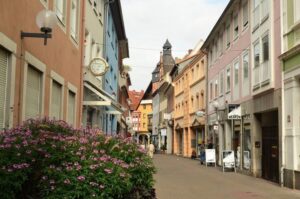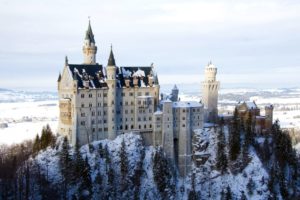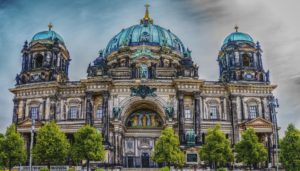The combination of history, culture, industry and beautiful natural landscapes has caused Germany to grow rapidly and become one of the most densely populated places in the world. Germany has three cities with more than a million inhabitants each, contributing to the high population. More than 100,000 people live in almost 100 cities in the country, and more than 10,000 people live in more than 1,500 cities. Berlin Berlin is the capital of Germany. There are quite a lot of attractions waiting for tourists in Berlin, so it is worth

Top Attractions in Berlin
Berlin is a city where everyone will find something for themselves. What is worth seeing in Berlin? Discover the most popular sights of the German capital. Sights of Berlin: history and art The iconic Berlin Wall is an element of the city not to be missed when planning a trip. Tourists are advised to walk along the east side of the gallery. This is a kilometer-long section along the wall, decorated with paintings by various contemporary artists. The Holocaust Memorial, opened in 2005, is now one of the most important

Worms is an ancient city in Germany
Worms is one of the oldest German cities, located 23 km from Mannheim. These places were inhabited as early as the Neolithic era around 5000 BC. From August times (31 BC to 14 AD) Worms and its environs belonged to Rome. In Franconian times, bishops ruled here. The city received the greatest development during the time of the Salians and already in 1074 it was exempted from customs duties. In 1184, Emperor Frederick Barbarossa granted the city extensive rights, and thus began the history of the imperial city. In 1689,

Germany – center of europe
The country is located in the center of Europe. Germany borders nine countries. In the north of the country, the relief is flat, but in the south, mountains covered with forests stretch: the Black Forest, the Bavarian Forest and the Thuringian Forest. Here, in the south, the foothills of the Alps begin. Germany is washed by the North Sea. Here you can see a unique landscape – watts, consisting of sand and silt. Silt is sediment that forms on the seabed. At high tide, the watts are flooded, and at
